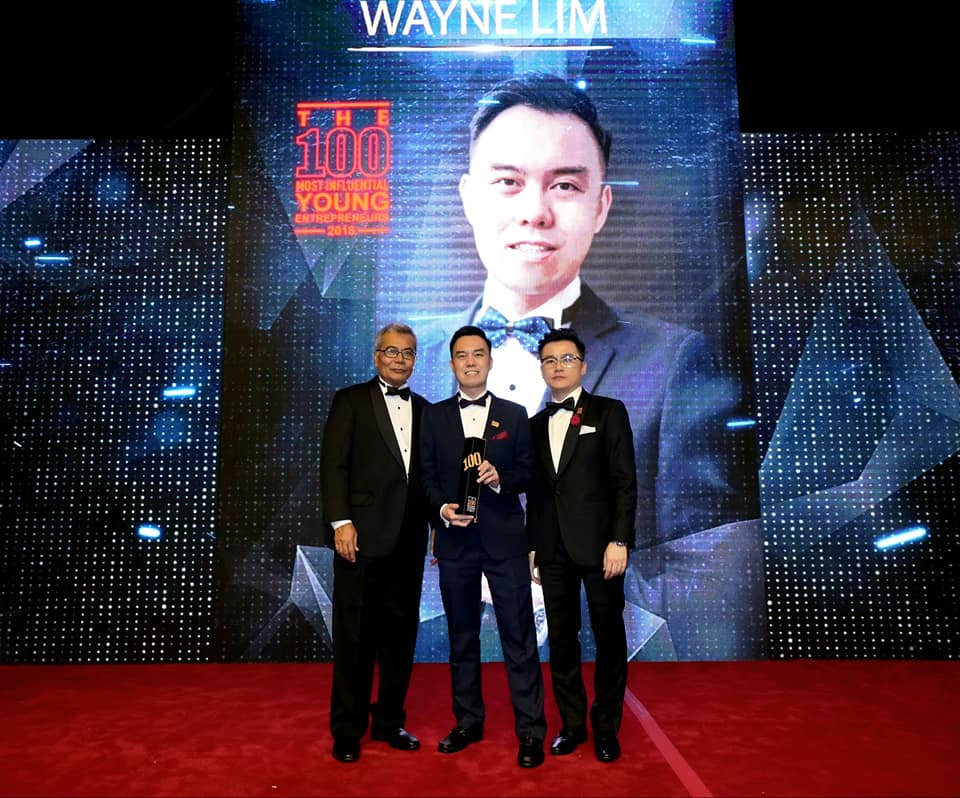Everybody who sells should be able to understand the mechanism and master the manners of sealing a deal. Theoretically, learning how to close a sale is actually pretty elementary; fundamentally, you should show up prepared, give your pitch, answer your prospect’s objections, ask for the sale, and if needed, follow up until you get a definitive answer.
In practice however, selling is a bit more complicated than that. It’s not so easy to avoid sales closing sins—especially if you’re new to the game.
While there is an underlying formula behind the process of closing a sale, it’s as much an art form as it is a scientific process. Because the two are inextricably intertwined together, we’re going to examine both the art and science of closing sales, particularly during these challenging times with the unprecedented pandemic and a nationwide implementation of the Movement Control Order (MCO).
Wayne Lim

To lay down the foundation and break the code on means to close a deal during the MCO was Wayne Lim, the top sales person in IQI Eliteone. Wayne was one of the very first members to join IQI in its journey to achieve its mission of mission of bringing change and influence real estate through educating and empowering. Despite only working part time, Wayne left a lasting impression by being one of the most determined employees.
Driven to achieve, Wayne led the pack in internet marketing strategies, introducing Facebook marketing as an alternative instead of the traditional SMS blasting. Wayne’s focus to go the extra mile in his initiative secured the company many deals thereof.
This marked the beginning of his journey in real estate and allowed him to climb his way to the top in sales for few consecutive years, closing almost RM30 million in sales as a milestone in his personal track record – the top in IQI.
To share his knowledge, Wayne presented five key strategies to close a deal during MCO through his own formulated pyramid system. To kick off, Wayne introduced each tier, working his way upwards.
Confidence and Trust

He began with a ‘C’, symbolising Confidence and Trust. Wayne stresses that closing is all about leaving a remarkable first impression on the client – which is most efficiently achieved by fact finding as much as you can regarding your prospect during the first meet up.
This move builds confidence, trust and rapport between the client and salesperson which is a crucial stage in closing a deal.
For closing strategies to be effective, a sales person must demonstrate that they understand the buyer’s needs and must effectively communicate how their offerings will allow a satisfactory solution to those needs. The close is based on these two fundamental goals.
Building up a smooth conversation is another way to a client’s heart by building up their confidence and trust. The more you can interact with a customer, the more trust you establish.
Getting to know your clients on a more fun level than just doing the service you provide and collecting payment. Being personable is huge in the service business. It can make a huge difference when someone is deciding between two companies for the same service.
Bear in mind, during the conversation it is also vital to subtly praise the purchaser occasionally, find a common interest or topic, always smile and be positive, communicate clearly and stay confident.
Confidence and Trust
Moving onto the second tier, it symbolises ‘H’ for Handling Objections during closing. Wayne regards this step to be the most imperative in closing a deal. Similarly to the previous tier, it is about understanding your client and knowing their wants and needs.
The sales person cannot possibly know what a customer wants, needs, or desires, without asking probing questions. The most successful sales people know that they must start closing a sale as soon as a conversation with a prospect commences. Through a conversation filled with a series of questions, the sales person can create a desire in the client while also eliminating objections as they come up.

By closing with a question, too, reps can better understand if the prospect is indeed convinced and ready to buy. This closing strategy allows your sales people to demonstrate that they care about the customer’s needs and creates trust through active listening, moving them closer to the sale.
The sales person should always ask for a client’s feedback and be grateful for any objections. Listening and truly understanding their objections is also a key move to relieve their fears.
Exit Strategy

The next step is the Exit Strategy. Remember, when sharing with clients the property rental value upon completion, the sales person must do their homework and estimate accurately. Do not overblow the figure.
Advise clients on the prospects of the property and the value around the area as well as how much more can it grow. Provide them with supporting facts and factors on the value of the property. And they can always
refinance the property if they still own the property. Or an ultimatum would be to sell the property and upgrade in the future. As property prices are always on a steady hike, this would be a safe measure.
Elevator Strategy
The next tier brings us to the Elevator Strategy. When asked “how much will the property be able to sell for”, Wayne reiterated that it is important to stick with the middle, giving an answer of 7.5% gain per annum. Wayne typically demonstrates the calculation to his clients, proving to them the increasing figures.
Feeding clients with a sweet bonus, Wayne guarantees client with the 12 years rule of thumb whereby the prices will double by then.

Wayne also shares that the sales people can also start up with three best unique selling points (USP) of the project or property which best relates to the prospect.
Reloop Closing

Finally, at the final and top tier, Wayne introduces the ‘R’ strategy of reloop closing. After completing the ‘C,H,E and E’ strategies, the sales person can move to deliver their final strike of sealing the deal.
It is imperative for the sales person to trust their intuition during this step. Once they feel that it is time and clients are finally ready to commit, they can ask the client for the sale.
Now that you’ve learned some new strategies to help you close more deals, faster, it’s time to put them to practice
Of course, no matter how hard you’ve worked to build rapport, establish trust, and follow-up, you still need to ask for the sale.
To help you confidently walk into that closing conversation, some lines which are noteworthy are; “Is the location good for you?”, “Happy with the property layout?”, “The developer good?”, “The price okay for you?”, “Is the property consultant service good?”, and most crucially, “I help you lock this unit okay?”.
As you can see, each of these sales lines keeps the conversation open, while giving the prospect either added confidence in your abilities, or an incentive to get started as soon as possible.
From there forth it is mostly smooth sailing once you get their IC and proceed with the application.
However, take note that it is also import to remain positive even if the customer ends up rejecting you. Please try to understand why and help them solve or overcome their concern or problem.
If the problem is then solved, keep your spirits up and repeat the three loop closing and try your best to close the deal in three tries. Remind the client of the unique selling points.
Thus, the ‘CHEER’ strategy comes to a close. To conclude, a sales person must note that the ability to effectively and efficiently close deals is a must-have quality for a sales person. Everything that sales people do—prospect, nurture leads, educate prospects, increase thought leadership, create trust, and build relationships— it’s all done with one final goal in mind: closing the sale.
However, closing is more difficult than it may seem. It’s a delicate process. No two deals are alike; no two customers are alike. Sales people must know which closing strategies to use and which to avoid with each prospect in order to make the sale. Remember, sales is an art, not a science.

